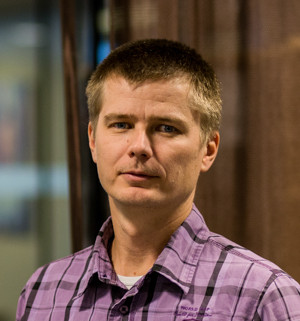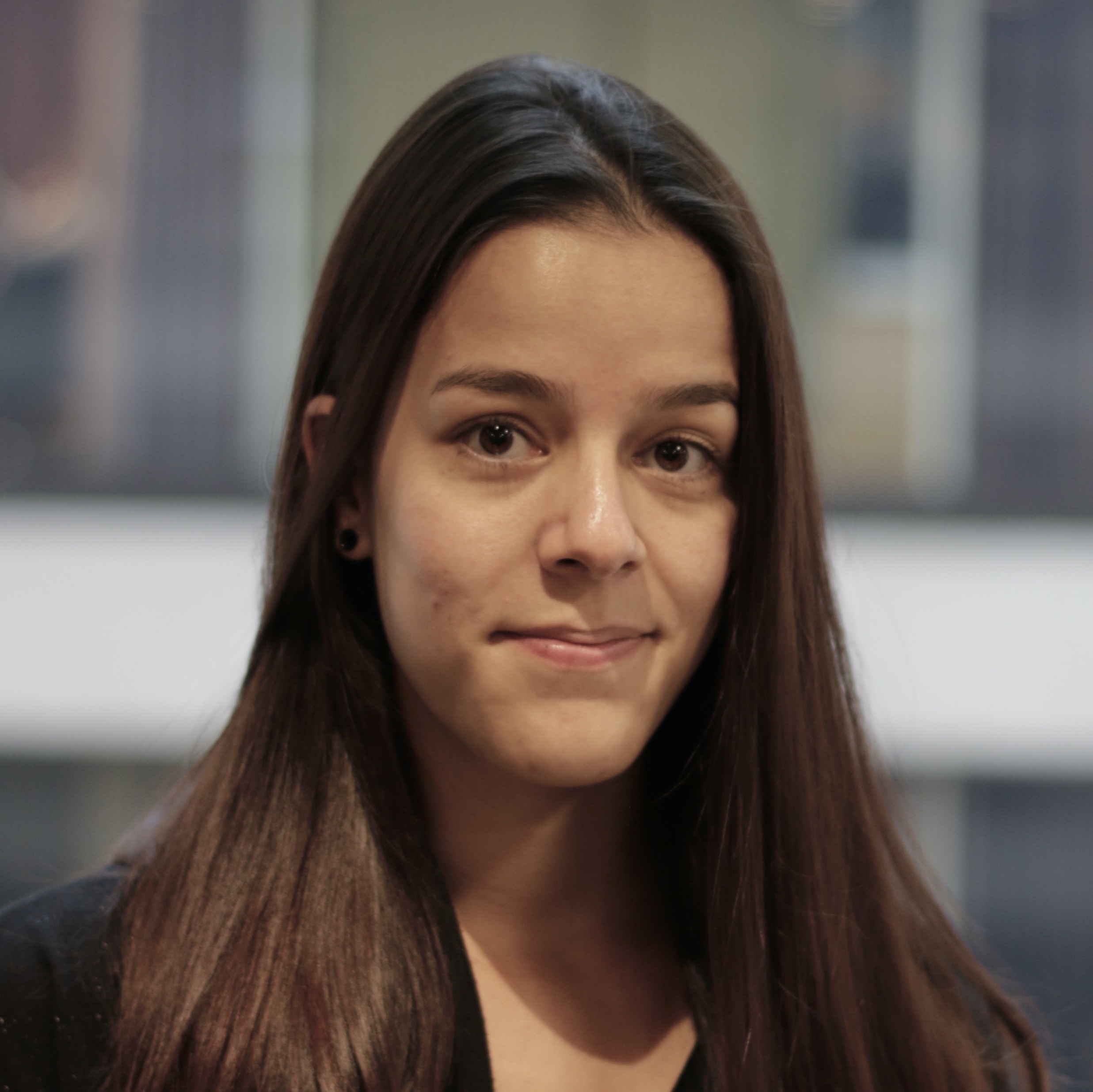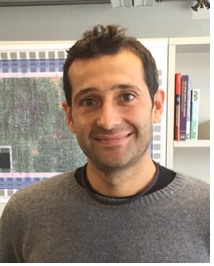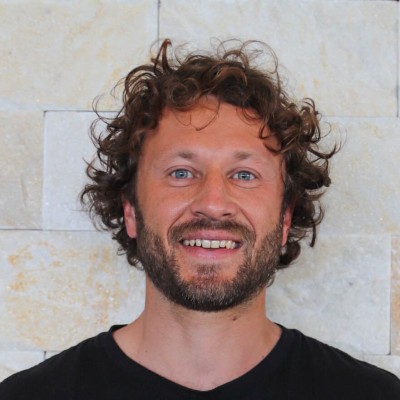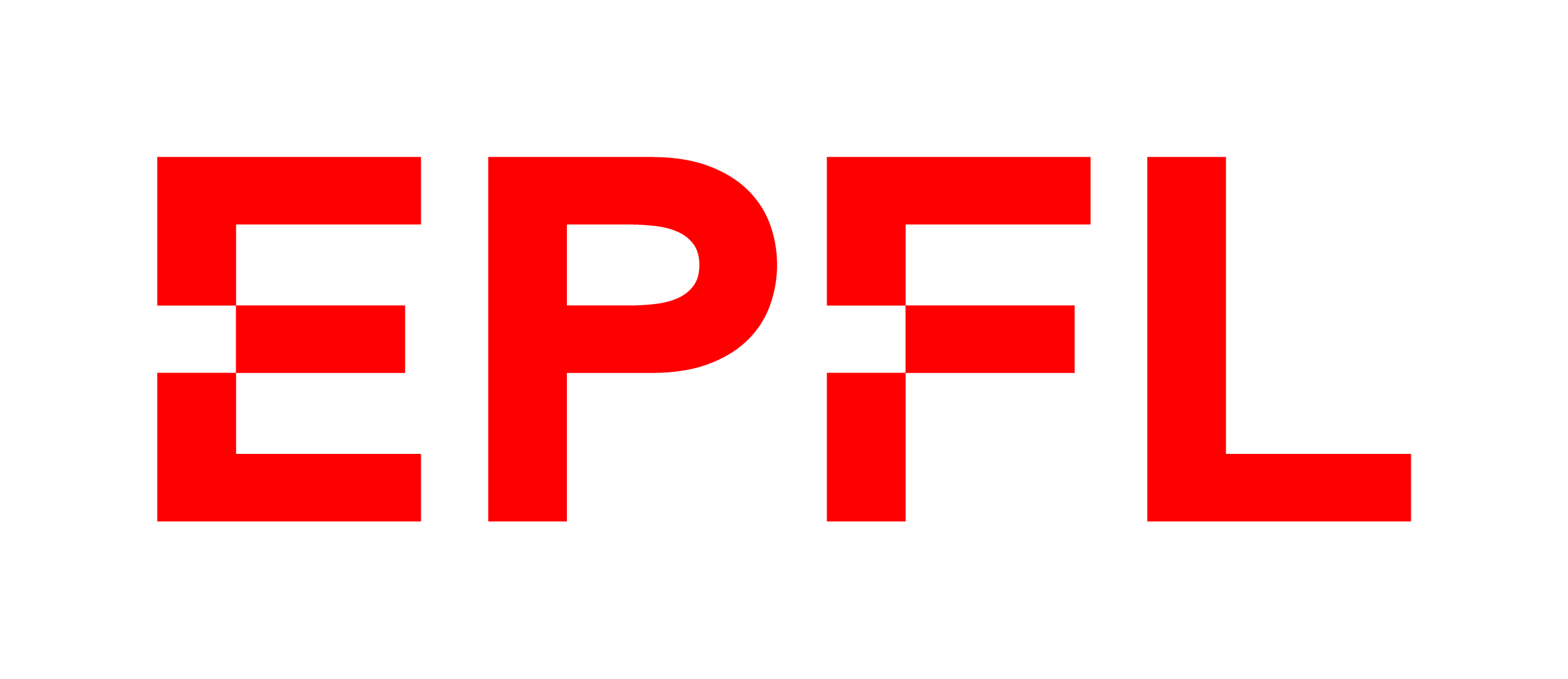Edge AI means that artificial intelligence algorithms process data locally on a hardware device. The algorithms use sensor data, such as an image, vibrations or audio, which is created in the device sensors. An Edge AI device can process data and make decisions without any connection. The edge device can be a mobile phone, microcontroller or a single board computer.
The tiny ML detection algorithms are getting better, and we can fit them on a microcontroller. The latest development in low-power microcontrollers enables us to build an IoT device which can run for a long time with just a small battery, while continuously analysing sensor data with artificial intelligence algorithms.
What are the latest research topics and directions in tiny ML algorithms? The Edge AI solution development platforms have taken a major step, we can now build solutions for a microcontroller more easily.
What do these platforms offer?
What are the latest hardwares and what kind of Edge AI solutions are possible to build in practice?
How to build a complete Edge AI IoT Solution?
What kind of needs exists on the customer side for Edge AI IoT?
New mobile phones have hardware accelerated units which enables us to run complex algorithms with large input size. This development brings new opportunities for mobile app developers to build rich mobile applications.
How can we use these different types of hardware acceleration and get the most out of it?
How can we handle the large performance diversity of mobile phones on the application level?
What are the best product ideas to use these new technology opportunities?
Single board computers have found their place among Edge AI devices where high processing power is needed. What are the latest boards and hottest applications? These boards have often been used in PoC, but how to build a single board computer Edge AI solution as a real product?
